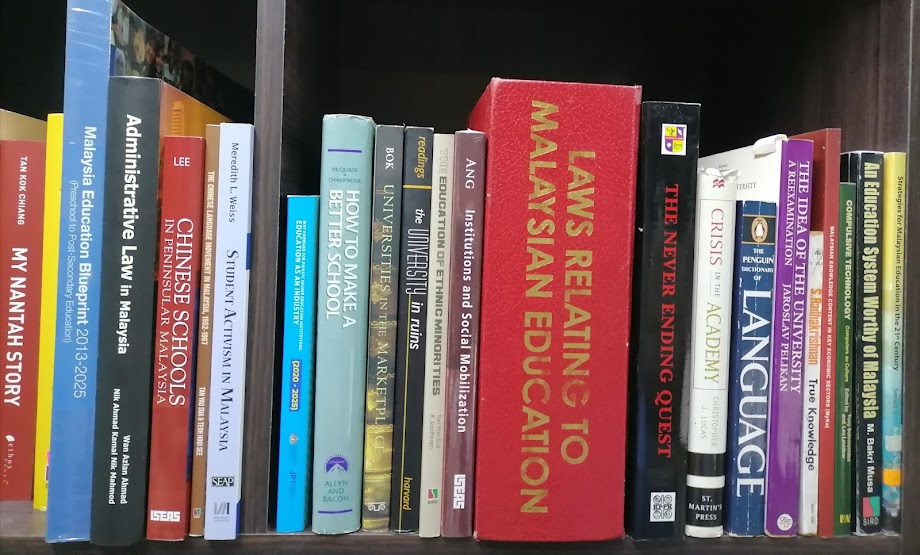Much has been said in the media over the last few years about the large number of graduates from our universities who are unable to find jobs. Not surprisingly, universities and other institutions of higher learning have taken the brunt of the criticism with accusations that the present content of higher education is no longer relevant to workplace needs. The University of East London’s (UEL) reform of its academic programmes attempts a solution to this most pressing issue in higher education, of what a university education is all about?
The UEL approach is innovative in that it integrates a university-designed skills curriculum into all its academic programmes. The approach overcomes a common tendency both within and outside the university to regard employable skills as being outside the university's educational processes. The UEL approach is a response to official pressure on universities generally to take greater responsibility over the employment readiness of their graduates. Universities across UK are now compelled to ensure the personal development of students through a set of carefully defined skills that is woven into the fabric of the curriculum regardless of the selected discipline.
Typically, the skills curriculum covers three areas - academic learning, employability skills and research methods. Academic learning skills will be a taught module at the first level whereas the other two skills will be placed one each at levels 2 and 3 of a programme of study.
Although only one of the three skill sets refers expressly to employability, other two skill sets are no less relevant to students' career needs. Learning is no longer a rite of passage; it is now a lifelong requirement in the New World of changing opportunities. Learning to learn is as important as skill as the others to set the young graduate on a path to build a career. Research is also a skill that is conspicuously absent in many undergraduates. What is often not clear to young graduates is that research is not simply an academic exercise but a vital function of business and for personal development. Including research skills as an essential part of the general academic curriculum would highlight its importance to higher education learners.
UEL regards the new skills curriculum as "an entitlement for our students’. The designers of the new approach say that it has been designed to ensure that students are taught, have the opportunity to practice and are assessed in skills for academic learning, employability and research."
What is really interesting about UEL’s solution is their recognition that employability skills may already be etched in most modules or subjects that constitute a programme; it is just that they are not always understood or seen as ‘employability skills’. Part of the university’s efforts will therefore be to make employability skills embedded in other subject subjects explicit to students and staff and impress on them that these skills too form part of the learning outcomes. It will be a function of module leaders and lecturers to identify these aspects of the course to the students. More than that, curriculum designers are now expected to map out and list the different skills found in a programme as part of the information that is shared with students.
The UEL reform has the virtue of not only being timely but of creating a new brand of university education that will make it more acceptable to employers and meaningful to students. It is a design that local universities could usefully look into in putting together their own solutions or to simply implement whilst their own solutions are being finalised.
